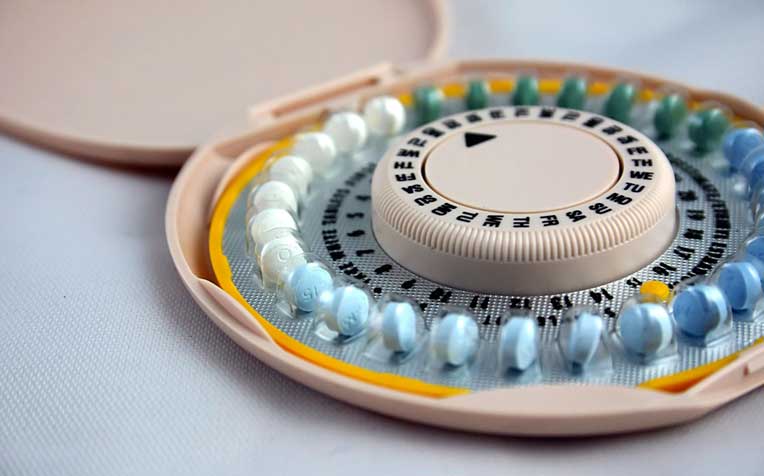
The progesterone-only pill, or "mini-pill" does not carry the risk of heart disease, stroke or breast cancer.
Exploring birth control options for women in their 40s
While age is one consideration, individual preferences and other factors such as the presence of medical conditions influence the choice of contraception for a woman. No matter what the woman's age, a comprehensive discussion with a family doctor or a gynaecologist will help identify the best choice of contraception for her.
The 40s: health concerns and waning fertility
In many respects, the contraceptive needs of women in their 40s are no different from those in their 30s. However, some women develop illnesses such as diabetes and high blood pressure in their 40s, which increase the risk of heart disease and stroke.
The progesterone-only pill or “mini-pill” contains only one hormone (progesterone instead of the usual combination of oestrogen and progesterone). It does not carry the risk of heart disease, stroke or breast cancer.
Although less effective than the combination oral contraceptive and not widely available in Singapore, the mini-pill is often sufficiently effective in women in their 40s.
Seemingly less effective methods may provide good contraception in this age group due to the group’s reduced natural fertility. For example, the copper intrauterine device (IUCD) should normally be changed every five years. However, if it is inserted after the age of 40, it can be used until menopause without requiring a further change.
Option for more permanent contraceptive methods
Finally, women of any age who have completed their families sometimes choose permanent methods such as sterilisation. This usually involves laparoscopic (keyhole) surgery in which a small metal clip is used to block the fallopian tubes. While effective, the method still carries a small risk of failure – and subsequent pregnancy.
Male sterilisation or vasectomy is a safer procedure as it does not involve entering the abdomen. It also has a lower failure rate. Unfortunately, this method is not popular here.
Ref: V10
Contributed by
Related Articles
Conditions & Treatments
Public Events
Get the Health Buddy App
© 2025 SingHealth Group. All Rights Reserved.

















 Get it on Google Play
Get it on Google Play